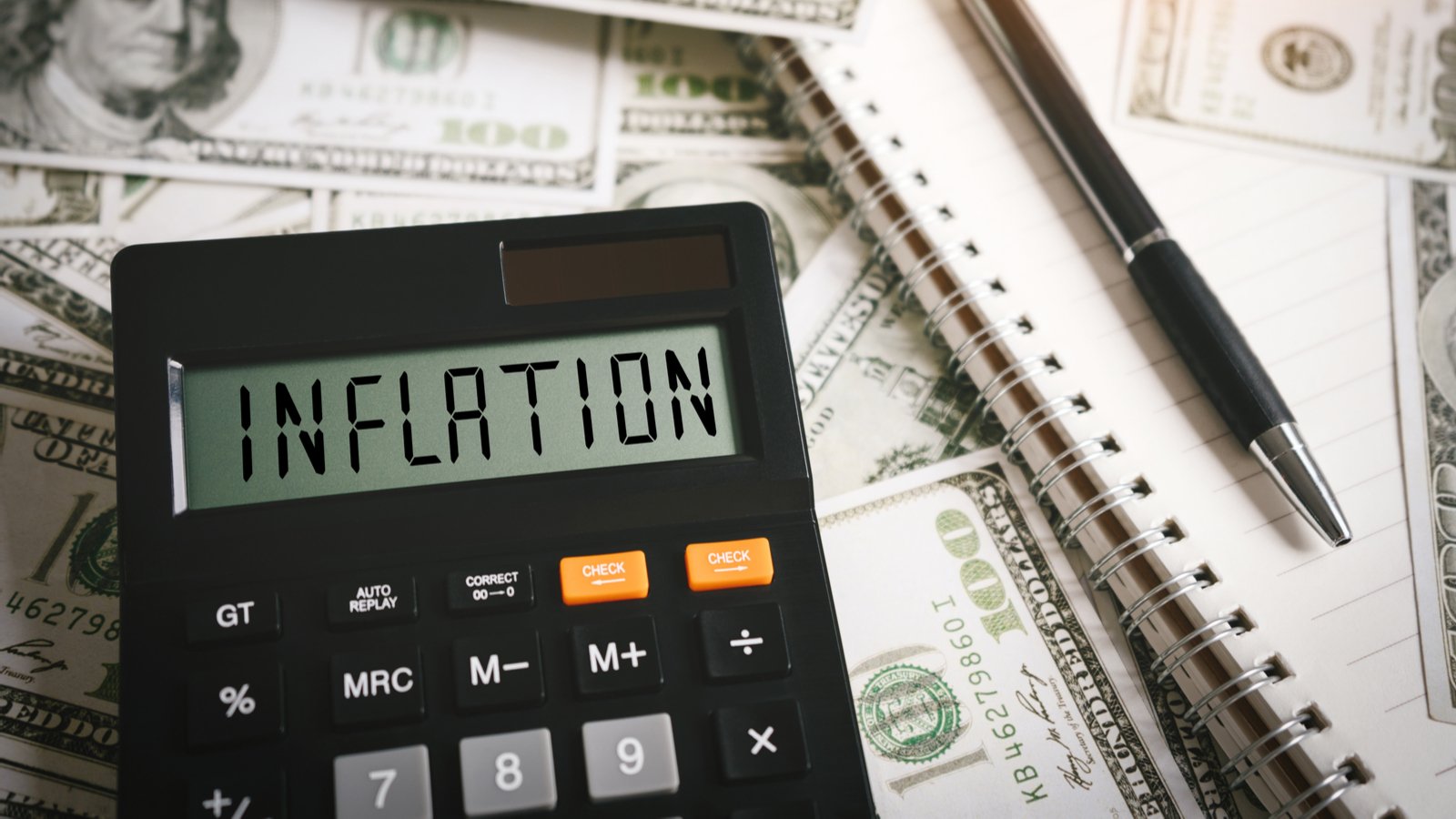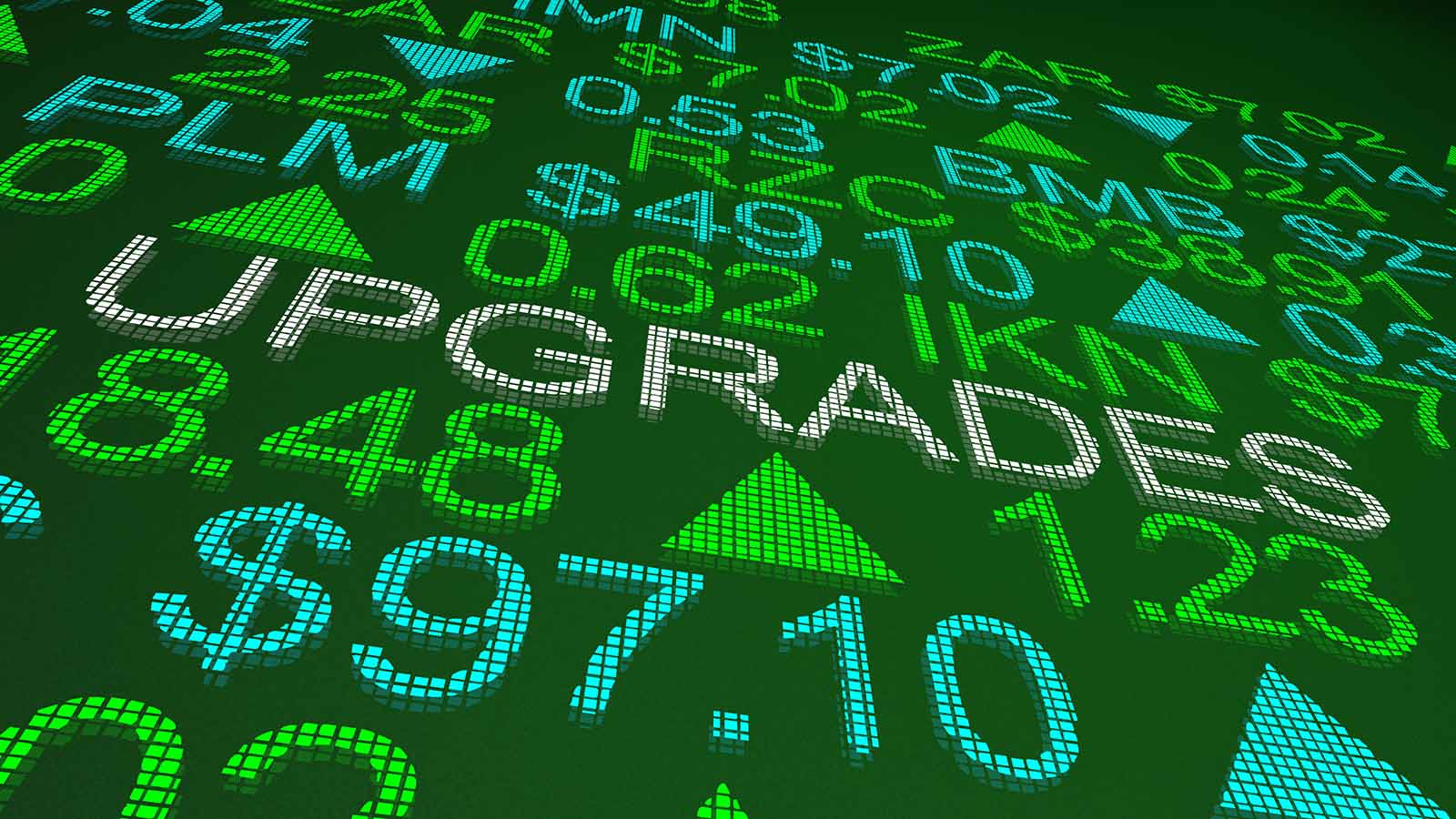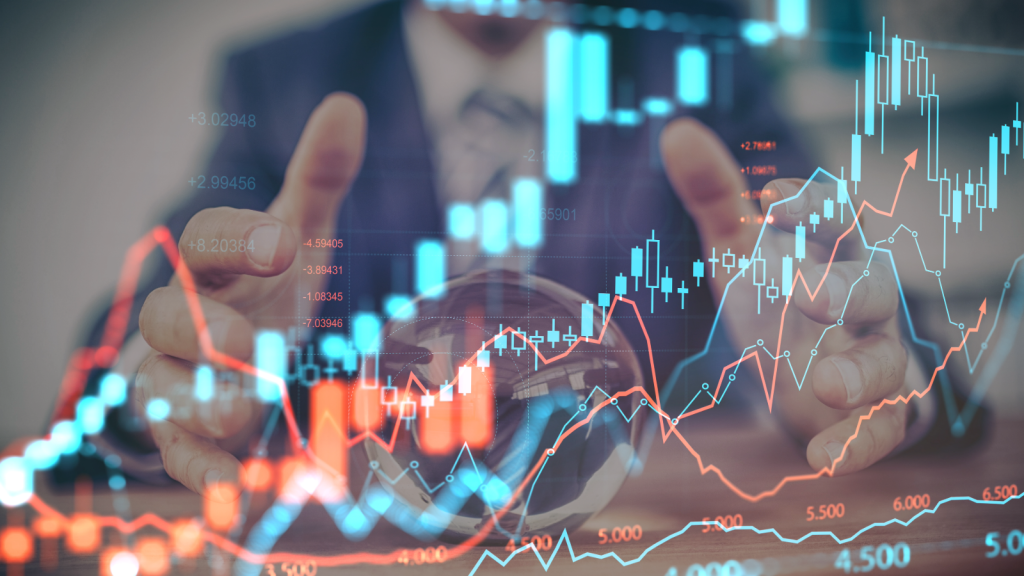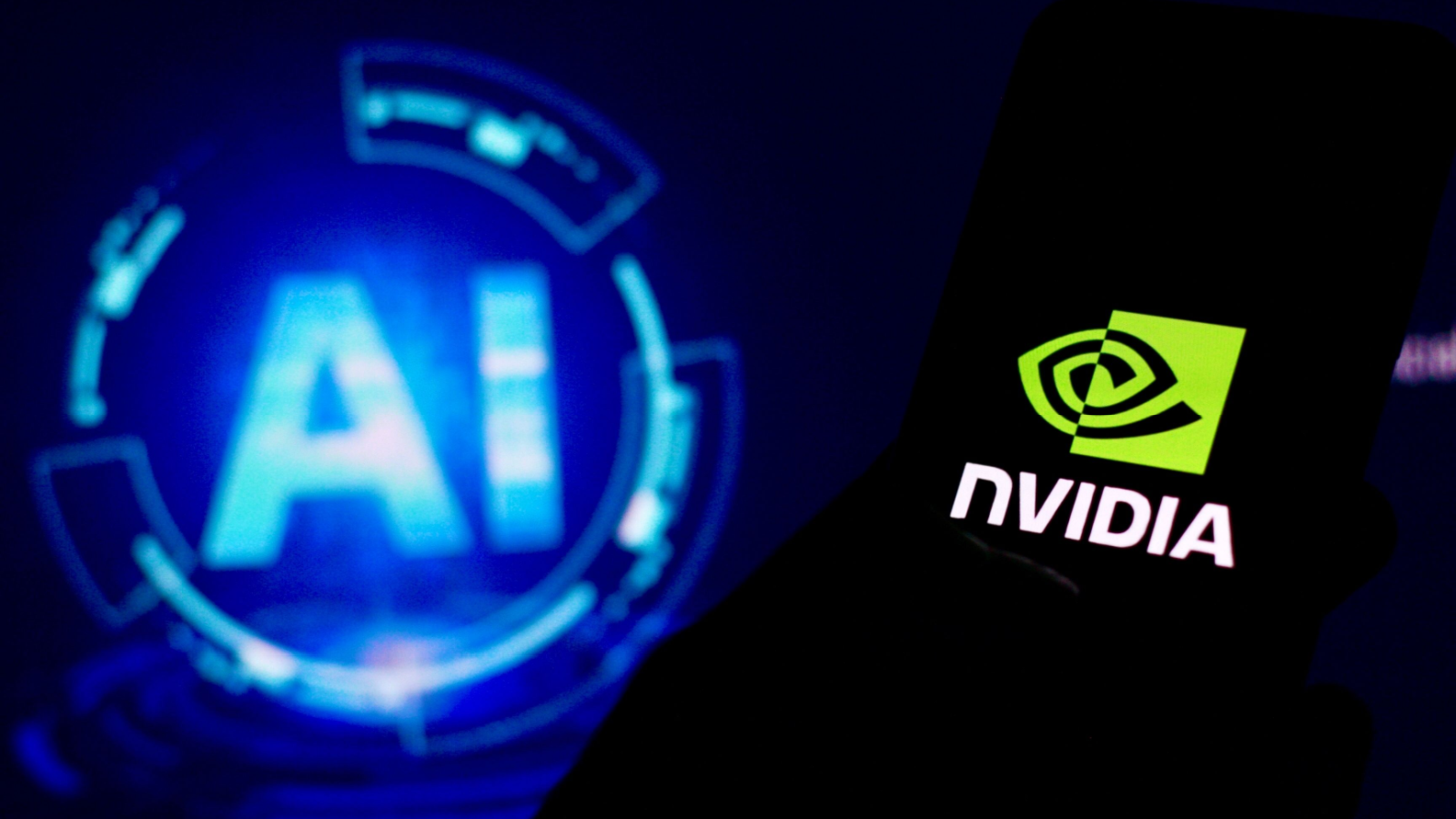Should You Buy Homebuilder Stocks Today?

Revisiting the LA fires … the national housing situation is a mess … are these conditions bullish for homebuilding stocks? … what TradeSmith’s quant tool tells us
On Tuesday, January 7, I stepped outside my apartment in Venice Beach, Calif., and noticed smoke coming from the Santa Monica mountains.
I texted a friend who lives in Santa Monica, closer to the smoke. She snapped this photo from her roof.


We were watching the early hours of the “Palisades Fire.”
Along with the Eaton Fire and additional area blazes, the flames would go on to destroy more than 11,500 homes across 60 square miles. The total real estate losses are expected to top $30 billion.
The housing situation in Los Angeles: from “bad” to “worse”
Prior to the fires, the more popular Los Angeles neighborhoods already suffered a massive shortage of homes/apartments relative to the people who wanted to live there.
And as Econ 101 teaches us, when “too much demand” runs into “too little supply,” the result is sky high prices.
Now, throw in an overnight loss of 11,500 homes.
Though price gouging is prohibited by state and local laws, it’s happening. It’s the byproduct of landlords who are being bombarded with rental requests, and deep-pocketed prospective renters who are willing to pay substantially above-market rent (the people who lived in the Palisades neighborhood were generally affluent, with the average home price coming in just under $4M).
Here’s The Los Angeles Times:
People are desperate, local agents said.
Their homes are in ashes, and they’re looking for stability — somewhere for their family to go that’s not a shelter, a friend’s house or a hotel room.
Some landlords are now sharply raising rent, even beyond what temporary price gouging protections allow.
And some would-be renters are offering a year’s rent upfront in cash and engaging in bidding wars.
This won’t end well…or soon.
The same dynamic is playing out nationally but for different reasons
The root issue remains a supply/demand imbalance. But this time, it wasn’t a fire burning up housing supply, but rather an inflationary fire burning up the purchasing power of homebuyers’ dollars, driving home prices higher.
Below we look at Federal Reserve data showing us the average price of houses sold in the U.S. dating to 1960. I’ve circled the pandemic-related vertical price explosion.

Source: Federal Reserve data
Coupled with a 30-year mortgage rate hovering near 7%, and you get today’s frozen housing market.
Last Friday, we received the latest data on the problem.
From CNBC:
The U.S. housing market continues to weaken, as potential buyers face stubbornly high mortgage rates, high prices and limited supply of listings.
Sales of previously-owned homes fell 4.9% in January from the prior month to 4.08 million units on a seasonally-adjusted, annualized basis, according to the National Association of Realtors. Analysts were expecting a 2.6% decline.
Sales…are still running at a roughly 15-year low.
Now, this would seem to be great news for homebuilding stocks. And, until recently, it has been…
Long-time Digest readers know that we got into an unofficial homebuilding stocks trade in 2022
In our April 20, 2022, Digest, we suggested that aggressive investors could initiate a trade on the iShares Home Construction ETF, ITB. It holds homebuilding heavyweights including DR Horton, Lennar, NVR, Pulte, and Toll Brothers.
Between that date and ITB’s high in October, the trade climbed 119%, quadrupling the S&P.

Source: TradingView
But since then, ITB has fallen about 25%.
Regular Digest readers know that I’m a big believer in using stop-losses to protect gains. So, is it time to sell?
If your knee-jerk answer is “yes,” what about our nation’s housing situation?
Aren’t today’s macro dynamics incredibly bullish for homebuilders? And if so, wouldn’t ITB trading 25% lower be a fantastic buying opportunity?
The complexity of buying homebuilders today
Homebuilder companies face a complicated market environment.
Yes, sky-high prices of existing homes would appear to be fantastic for new home construction demand.
The logic would seem to suggest that builders should just flood the market with new home construction to meet the overwhelming demand. Builders can undercut sky-high market prices and rake in the profits.
It’s not that easy.
Remember, lumber, concrete, and other key materials surged in price during the pandemic and remain elevated, though some have come down from their peaks. That’s bad for margins.
Meanwhile, skilled construction labor shortages mean wages have increased, pressuring margins further.
And don’t forget that acquiring and developing land is more expensive today because of higher interest rates increasing the cost of financing land purchases. Once again, tough on the bottom line.
Altogether, homebuilders can’t undercut prevailing market prices too much if they want to protect their profit margins. So, this market isn’t quite the moneymaker we might assume for builders.
(And we haven’t even talked about how these builders can’t do anything about the near-7% mortgage rates that are having a massive impact on housing unaffordability.)
But still – what if the Fed lowers interest rates later this year? What about aging Boomers having to downsize, being forced to sell their homes which will take pressure off the supply/demand imbalance?
Do those influences not make this ITB selloff a buying opportunity?
We could speculate…or we could let historical market data from TradeSmith guide our decision.
Taking the guesswork out of investing
For newer Digest readers, TradeSmith is our corporate partner.
They’re an investment research company rooted in quantitative analysis. They also happen to be in constant state of R&D (research and development) to make their products better.
They’ve spent over $19 million and over 11,000 man-hours developing their market analysis algorithms with dozens of staff working solely on developing and maintaining their software and data systems.
One of these software/data systems relates to market entry/exit timing.
As we noted in the Digest last week, TradeSmith’s CEO Keith Kaplan is holding a live event this Thursday that provides a walk-through of how it works.
Let’s use it on ITB today.
But before we dive into those details, let’s begin theoretically…
ITB is down about 25% from its high. Broadly speaking, is this a good time to sell…or double-down?
Here’s Keith, not speaking specifically about ITB, but about the decision at large:
[Investors are] “risk-seeking when we’re losing.”
And I bet you’ve had this happen plenty of times. I call it “rationalizing your decision after you make it.” When a stock is falling, you say to yourself:
- I’m going to buy this on the dip.
- This stock will come back, and my break-even price will be lower.
- It’s just a paper loss.
Really, what you’re doing is adding more risk to your position. You are “seeking out more risk” by buying more OR holding on to a falling stock.
Keith explains that momentum is the single most important factor in investing.
When a stock has a confirmed uptrend, it is more likely to rise in the short term. When a stock has a confirmed downtrend, it is more likely to fall in the short term.
Now, this sounds simple…
Buy when a stock is rising and sell when it’s falling! Easy!
But as you know, in the real world, there’s a big problem for investors…
How do you know whether a stock that’s pulling back is in a “confirmed downtrend,” or just briefly regrouping before it makes a new run higher?
TradeSmith has an answer.
Understand a stock’s “VQ”
Volatility is not the same thing as risk, and volatility isn’t uniform across all stocks.
Below, we compare two stocks: perennial blue-chip Coca-Cola (KO) and Matador Resources (MTDR), an oil and gas exploration company.
From October of 2021 through mid-April of 2022, both stocks climbed about 17% But the paths they took to get there were wildly different.
See for yourself. Matador is in red. Coke is in blue.

Source: TradingView
Coke’s path is far smoother than Matador’s comparatively “violent” series of ups and downs.
Given this, using the same trailing stop-loss percentage for both stocks would ignore the reality that Matador’s normal volatility is far greater than that of Coke’s.
But that doesn’t mean Matador is a “riskier” stock. It just means traders need to factor this greater volatility into their position sizing, trade expectations, and stop-loss levels.
TradeSmith has created a tool that factors in these unique volatility thumbprints, generating a proprietary “Volatility Quotient” (VQ) reading that helps investors know how much volatility is normal and to be expected.
Here’s more from Keith:
[The VQ number] solves so many problems that individual investors face today. Certainly, people like me, and likely you as well.
It’s a measure of historical and recent volatility – or risk – in a stock, fund, or crypto. And that measurement is really focused on the moves a stock, fund, or crypto makes.
Here’s what it tells you (I’ll just refer to stocks, but it covers everything we track):
- When to buy a stock.
- How much of a stock to buy.
- When to sell a stock.
- And how risky that stock is – how much movement you should expect.
Let’s use ITB’s VQ to get a sense for where the ETF is today
Below is how ITB looked as of last Friday on one of TradeSmith’s data pages…
I’ll walk you through some of the details in a moment. But here’s the page first.

Source: TradeSmith
The red “H” is ITB’s high from back in October. This is the price to which we apply ITB’s VQ reading.
In this case, given that high and ITB’s proprietary VQ, the stock’s unique stop-loss level came in at $98.95, which was about 23% lower.
Now, notice the green band at the bottom.
This extended until about mid-December. It was showing us that during this period, ITB was still performing well and reasonably safe to hold.
But as ITB’s price began to slip, green turned to yellow on December 18. This didn’t mean “sell,” but it did signify “caution.” ITB’s upward trend was losing steam.
Fast-forward to last Friday when ITB closed at $98.11…below its stop-loss level of $98.95. Here in the Digest, this means we’re closing our unofficial trade for a gain of 69%.
But what about all the macroeconomics at play that could be bullish for ITB as 2025 rolls on?
That’s possible. ITB may begin soaring tomorrow. No one has a crystal ball.
But what we know, based on the data, is that ITB appears weak today…which suggests further weakness tomorrow.
Back to Keith:
The trend is your friend.
If the confirmed trend is up, stay in your stock. Ride the winner! If the trend is a confirmed downtrend, cut your losses.
The good news for anyone who wants to continue playing the housing market is that Keith’s market timing tool works the other way too.
If/when conditions change and ITB begins a new, sustained uptrend, TradeSmith’s timing tool will notify us (you can set that alert). We can evaluate the trade’s overall attractiveness at that point and perhaps re-buy.
Sure, I could take a guess at how inflation, interest rates, and housing demand will play out from here, and trade ITB based on my analysis – but far smarter analysts than me get such calls wrong all the time.
I believe my portfolio results would be better served if I based my market choices on historical data rather than my own hunches.
If you feel similarly, Keith is doing a run-through of this quant tool with far more details this Thursday at 8:00 PM ET
During the event, Keith will introduce a new tech breakthrough and demo it for the first time ever. It’s called the MQ algorithm. And it’s designed to do one thing: detect and model market melt-ups mathematically.
Keith will reveal what it’s saying about the market we’re in right now… and where it’s headed next.
His team crunched 5.2 billion data points to create this breakthrough. They examined more than 125 years of stock market data for the S&P 500, Nasdaq and Dow. And they ran months’ worth of back-testing to come up with this breakthrough.
You’ll get its prediction for the next 12 months free during this event. Just click here to sign up today.
As for ITB, it’s been a great run, but we’re out…for now.
Have a good evening,
Jeff Remsburg
























